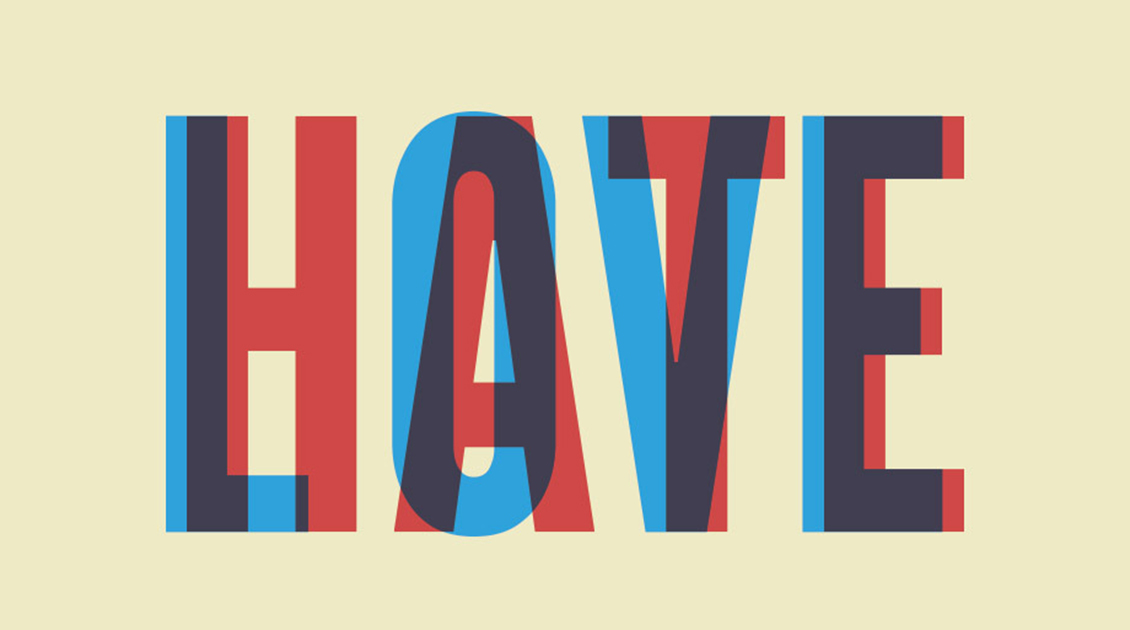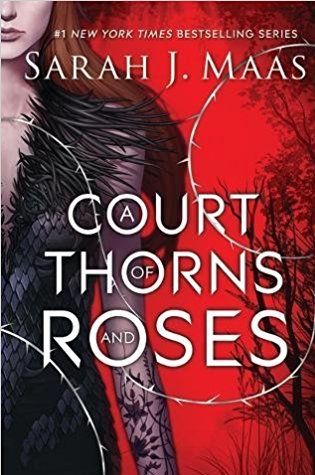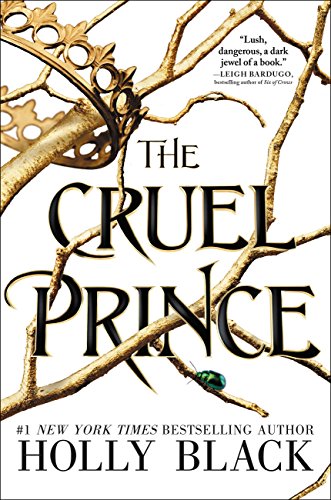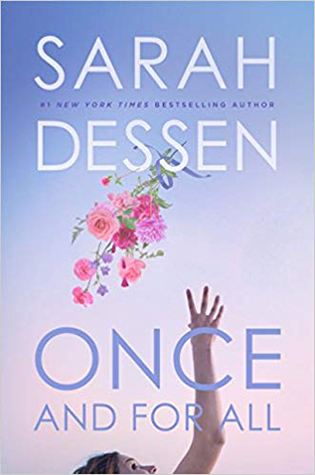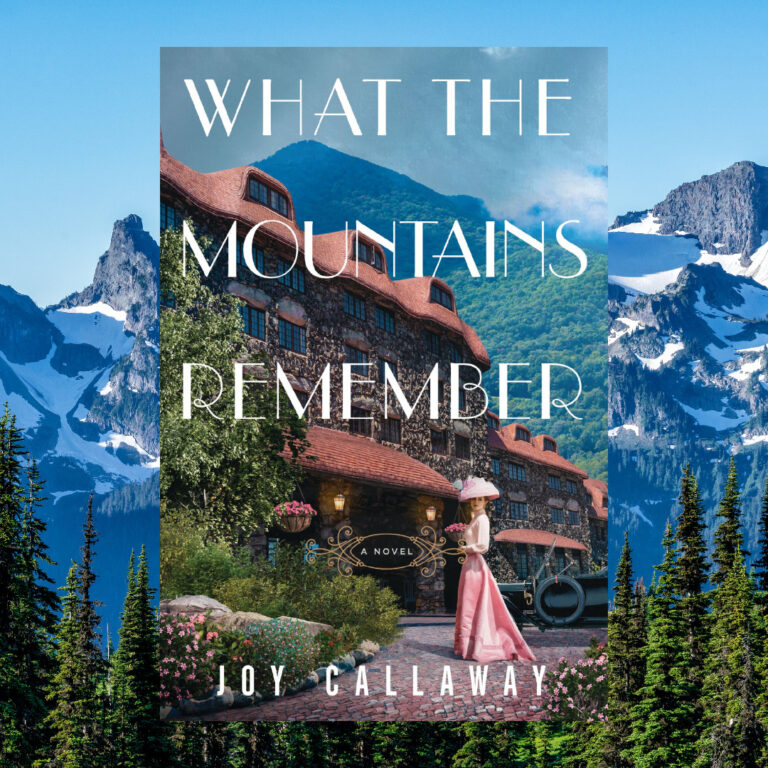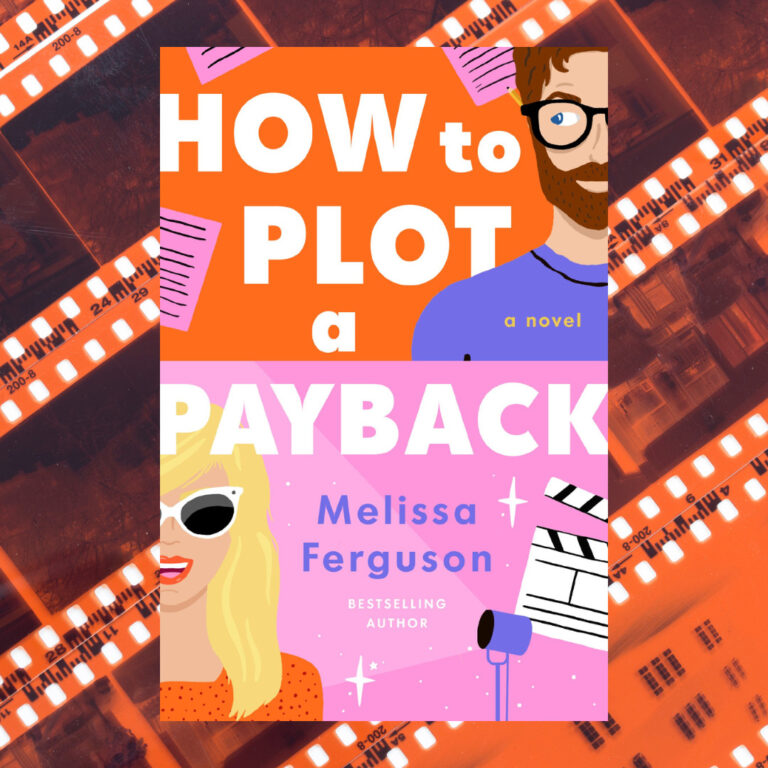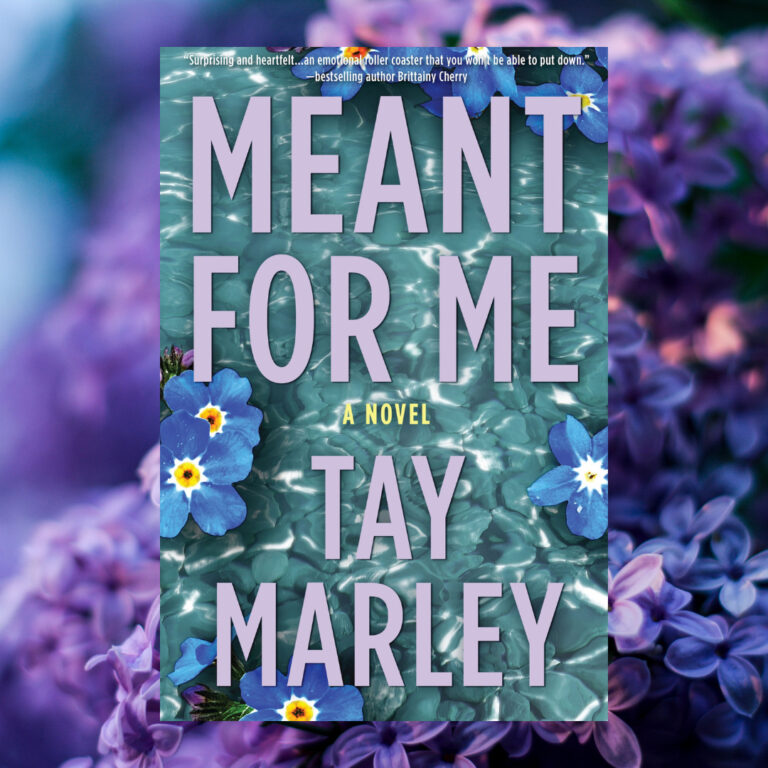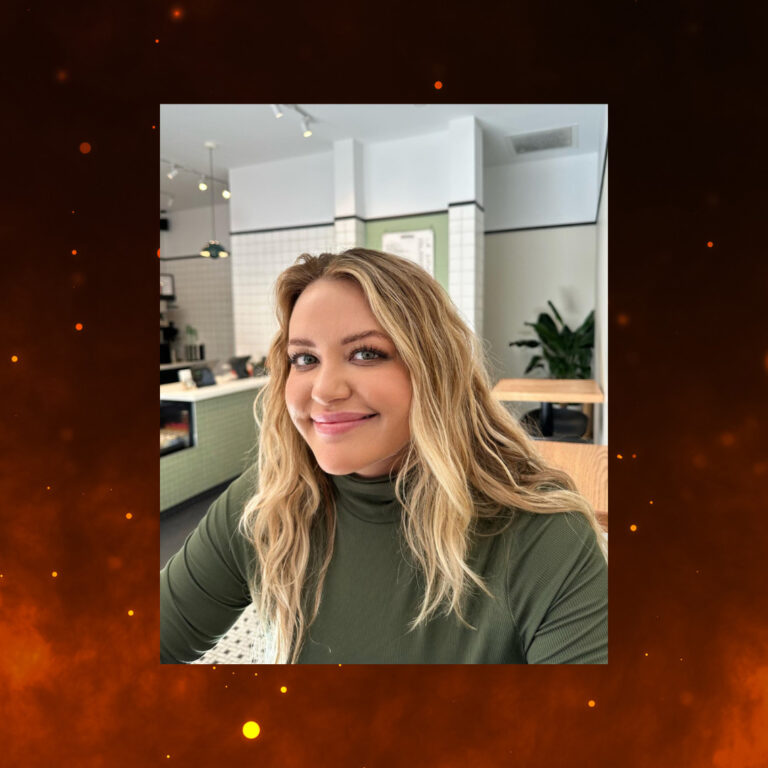Villains: they’re always the bad guys, right? By definition, villains are morally corrupt and evil, the characters that thwart the hero or heroine’s plans, that bring about feelings of hate much faster than they might inspire feelings of love.
Well, I’m here to tell you that’s changing.
More and more, the antagonist of the story is, instead of remaining on the opposing side of the protagonist, becoming the love interest.
This kind of hate-to-love trope is a phenomenon that’s starting to show up more and more both in contemporary and fantasy novels, especially if we’re talking young adult.
Take A Court of Thorns and Roses by Sarah J. Maas, for example.
(Beware of spoilers for the first book ahead)
Tamlin is Feyre’s captor, the man she hates more than anyone else at the book’s start. So in the end, she should be defeating him, right? Emerging victorious back to her family, having escaped the clutches of the evil beast who arrived unannounced at her doorstep and stole her away?
Not so fast.
By the (first) book’s conclusion, the tables have turned and Feyre, rather than hating Tamlin, finds herself madly in love with him.
Where does this shift come from, you ask?
It comes from a revelation of Tamlin’s humanity, from Maas showing that he’s so much more than just a heartless Fae who kidnaps young women for sport. Instead, we see the softer sides of him: the Tamlin who takes Feyre to a beautiful oasis on the mansion grounds, who’s willing to do anything to protect his court… and the girl he might be falling in love with, too.
(End of Spoilers for A Court of Thorns and Roses)
In the past, that kind of humanity might not have been revealed so explicitly, leaving the reader guessing as to the villain’s past and the story behind their malicious pursuits.
Nowadays, though, the tried and true black and white story of hero vs. villain is exhausted, and readers are, for the most part, tired of seeing the same kind of story playing out over and over again, whether that be in fantasy, contemporary, or anything in between.
Enter the villain becoming the love interest instead.
This kind of a narrative provides a point of interest that’s never before been a prominent plot point in novels. The villain, rather than being a source of ultimate evil, is given a backstory, making them a significantly more complex and fascinating character to explore and get to know.
Another different example from young adult fantasy can be found in Jude and Cardan’s relationship in The Cruel Prince by Holly Black.
(Again, spoilers ahead)
Cardan has been tormenting and bullying Jude for as long as she can remember, flaunting his power as a Fae and making her feel as powerless as possible. We find out, though, that Cardan’s loathing of Jude doesn’t purely stem from a prejudice against her status as a mortal in the world of faeries. No, he torments her, specifically, because he’s attracted to her, and he hates more than anything else that he feels a romantic pull towards someone he thinks he’s supposed to despise.
And Jude more or less feels the same way. Once she gains even a scrap of power, she feels inclined to seek revenge against Cardan after all that he’s done to hurt her, but she also senses an attraction between them that she can’t ignore.
This dynamic between the two creates a twisted kind of romance, one that, as a reader, you both feel yourself rooting for while also being slightly repulsed by.
It also provides an opportunity for Cardan as the antagonist to be forgiven and enormous room for him to grow as a character. Yes, he’s done bad things in his past, but the reason behind his cruelty is revealed, and throughout the rest of the series, he’ll be able to improve and not resort to such immoral means.
(End of spoilers for The Cruel Prince)
Even though the villain’s intentions and methods might shift somewhat, though, they still often remain, at least to some degree, evil. After all, that’s what made them interesting to start with, and it would just be boring to simply have them completely transform as a result of their romance with the protagonist.
On the other hand, when it comes to books in the contemporary genre, the transformation of the antagonist seems to more often come full circle, bringing the “villain” deep onto the good side rather than having them remain on the morally gray spectrum.
For example, in Once and For All by Sarah Dessen.
(mild spoilers ahead)
Louna, at first, sees Ambrose as the ultimate evil: He gets hired as an intern at her mom’s intense wedding business with little effort and despite appearing flippant and careless, the exact opposite of Louna’s driven and ultra-organized personality.
While Ambrose isn’t a villain in the way most people might think, in Louna’s eyes, he’s on the opposing team, and certainly isn’t someone she would consider dating.
Throughout the novel, however, as Ambrose’s true self is revealed, Louna can’t help letting go of her prejudices and falling for him.
In this situation, as is the case in many contemporaries, the transformation of an antagonist character into a romantic partner stems from a shift in perspective on the part of the protagonist rather than a concrete change in the love interest’s personality or motivations. In Once and For All, Ambrose was never actually out to ruin Louna’s summer or insult the hard work she’d dedicated to her job as she might have thought at the start; instead, he proves to her as she gets to know him that there’s much more than meets the eye and that she was the one who was wrong about him from the start.
(End of spoilers for Once and For All)
All in all, the idea of hate-to-love might be a concept that’s been present in contemporary novels in some incarnation for a long time, but it’s certainly a trend that’s becoming more and more prevalent among fantasy books and that authors are taking to new heights in stories across all genres.
And let me tell you, I’m excited about it.

